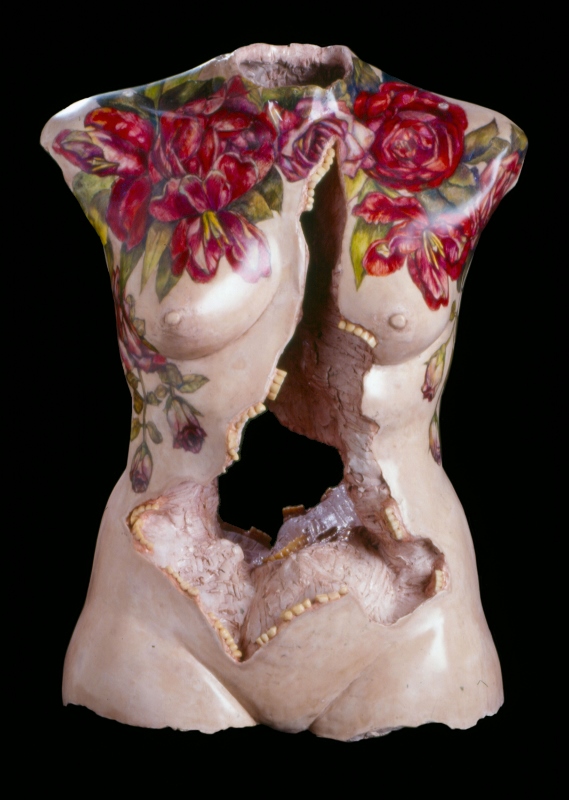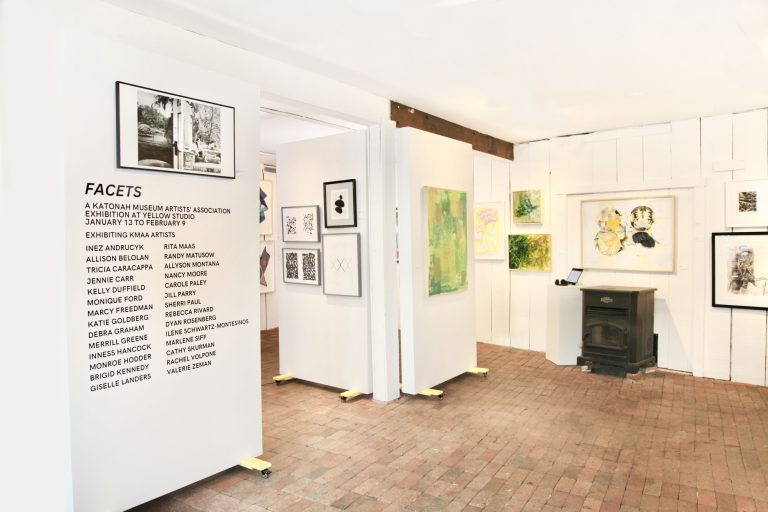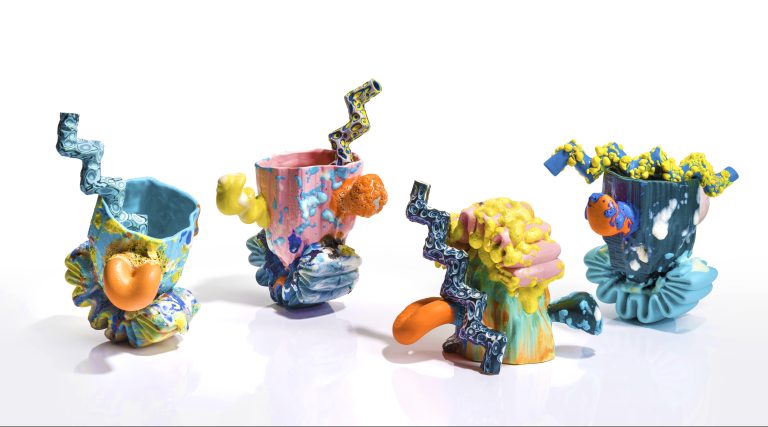Bringing Women to the Fore
“Why have a women-only exhibition?” Many people have asked Laura Vookles this question. Sometimes the Chair of Hudson River Museum’s Curatorial Department answers with a question of her own: If you walk into a museum gallery and all the artists are men, would you ask why? She explains: “We don’t need to have a centennial of the 19th Amendment to curate an exhibition that brings women to the fore.”
And yet, that is exactly what happened. Women to the Fore, on display through January 3, features art works by more than 40 female-identifying artists.
The works span 150 years and were selected from the museum’s permanent collection. Additional pieces were loans from local artists, galleries and collectors. A varied range of mediums and artistic movements are represented, as well as a diversity of nationalities, races, gender identities and sexual orientations. Works by internationally recognized artists such as Mary Cassatt and Judy Chicago are displayed alongside under-appreciated historical artists, as well as emerging contemporary artists like Jessica Spence and Tuesday Smillie.
At first the room may appear haphazard, but it is thoughtfully laid out to create visual conversations. The Garden of the Divine Feminine welcomes visitors as they descend into the gallery. The vibrant mixed-media mural by Yonkers-based artists Nancy Mendez, Patricia Santos and Katori Walker, commissioned by the museum and ArtsWestchester, and covering an entire wall, celebrates the female body. “This mural represents the power of what makes us all women,” Mendez explains. “The power to harness life, the power to create and nurture.”
At the bottom of the stairs is Helen Searle’s Nature’s Bounty from 1872. It is fitting to begin with a still life painting, as food and foliage were some of the only subjects deemed appropriate for female artists in the 19th century. Beside the painting is a bright mixed-media piece from 2017 by textile designer Ebony Bolt, and a charcoal drawing by Georgia O’Keefe from 1934. History bends and cultures overlap, and artists who could have never spoken are now allowed to inform each other’s work. Across the room, Rose Clark and Elizabeth Flint Wade’s Miss M. of Washington from 1900, a superb example of the pictorial photography movement of the late 19th and early 20th centuries, is beside Barbara Morgan’s 1940 Martha Graham in Letter to the World photograph.
In the middle of the room, Ola Rondiak’s Montanka Installation, a group of sculptures based on Ukrainian ragdolls traditionally made by mothers and given to their daughters as talismans of good health and fortune, spreads out like an army. The faceless figures guarding the space are covered in maps, protest pamphlets and Ukrainian folklore.
At the edge of the center resides Vinnie Bagwell’s Model for Victory Beyond Sims. An 18-foot version of this small bronze sculpture will soon replace Central Park’s controversial monument to J. Marion Sims, a 19th-century gynecologist who experimented on enslaved black women. “There are so few women and people of color in the public art arena,” Bagwell says. “I am proud to have stayed the course to represent the voice of Black people and women at this pivotal moment in our history.”
While the museum is offering virtual tours, a visit to the space can be a crash course in feminist art history within its chosen works, as well as a respite in these strange times. Vookles hopes that visitors will discover that female-identifying artists have a long and diverse history and “that they have much to say—to us and to each other.”
A version of this article first appeared in the November issue of ArtsNews, ArtsWestchester’s monthly publication. ArtsNewsis distributed throughout Westchester County. A digital copy is also available at artsw.org/artsnews.







